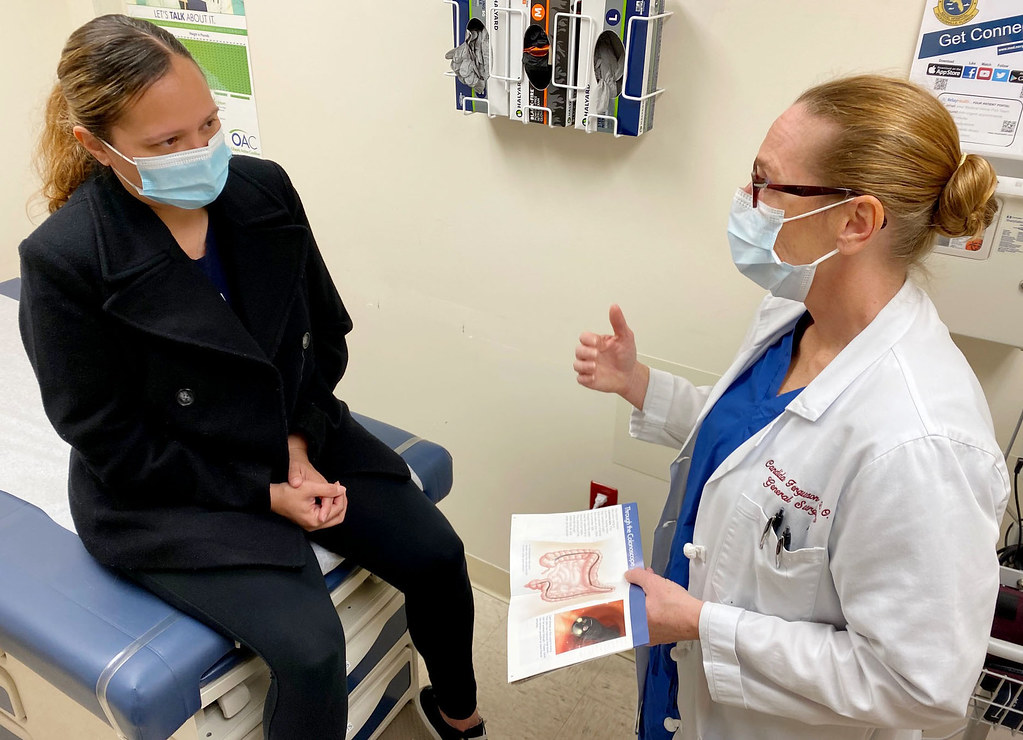Many health conditions begin quietly, with no symptoms in their early stages. A colonoscopy plays a key role in identifying these issues before they progress. Used as a screening and diagnostic procedure, it allows providers to examine the inside of the colon for signs of disease or abnormal growths. This procedure remains one of the most effective ways to detect and prevent colorectal cancer.
Knowing What the Procedure Involves
During a colonoscopy, a provider uses a long, flexible tube with a small camera to view the lining of the colon and rectum. This procedure is typically performed under light sedation to keep the patient comfortable. The provider looks for polyps, inflammation, bleeding, or other abnormalities that might require treatment or further monitoring. If polyps are found, they can often be removed during the same procedure and sent to a lab for testing. This immediate removal adds to the effectiveness of the screening.
Most adults begin screening colonoscopies at age 45, based on current medical guidelines. Individuals with a family history of colon cancer, inflammatory bowel disease, or a history of polyps may need to start earlier or screen more frequently. A colonoscopy allows for a more thorough assessment compared to other screening methods such as stool tests. People in high-risk groups benefit from early detection strategies that address their specific risk level and help prevent disease progression.
Detecting and Preventing Colorectal Cancer
Polyps often begin as benign growths but may become cancerous over time. A colonoscopy is the only test that allows for both detection and removal of these growths during the same visit. By removing them early, providers can stop cancer from developing. For individuals with no symptoms, this procedure becomes a powerful tool for prevention. Regular screening significantly reduces the likelihood of dying from colorectal cancer and supports earlier, more treatable diagnoses.
While colonoscopies are commonly used for routine screenings, they also serve a key role in diagnosing the cause of digestive symptoms. Patients experiencing chronic diarrhea, rectal bleeding, unexplained weight loss, or persistent abdominal pain may be referred for a colonoscopy to rule out more serious conditions. The test helps providers identify causes such as inflammatory bowel disease, ulcers, or tumors, and guide further treatment or testing as needed.
After a colonoscopy, providers share detailed findings with the patient. If the colon appears normal, the patient may not need another exam for ten years, depending on age and risk level. If polyps are found, the provider discusses whether they were removed and whether additional follow-up is necessary. Understanding what the results mean helps patients make informed decisions about next steps and encourages a proactive approach to long-term digestive health.
Addressing Common Misconceptions
Many individuals delay scheduling a colonoscopy due to concerns about discomfort or the preparation process. Advances in sedation and prep instructions have improved patient comfort. The procedure itself typically takes less than an hour, and most patients resume normal activities the following day. Awareness of how the test works and what to expect can reduce anxiety and support earlier engagement in preventive care.
Schedule a Colonoscopy
Following screening recommendations is key to maintaining colon health. Providers track when a patient’s next colonoscopy is due and help schedule timely follow-ups. Missing or delaying routine screenings can result in missed opportunities to detect early signs of disease. By keeping the test on the calendar, individuals take an active role in protecting their health. A consistent schedule creates a framework for prevention that supports long-term wellness.

